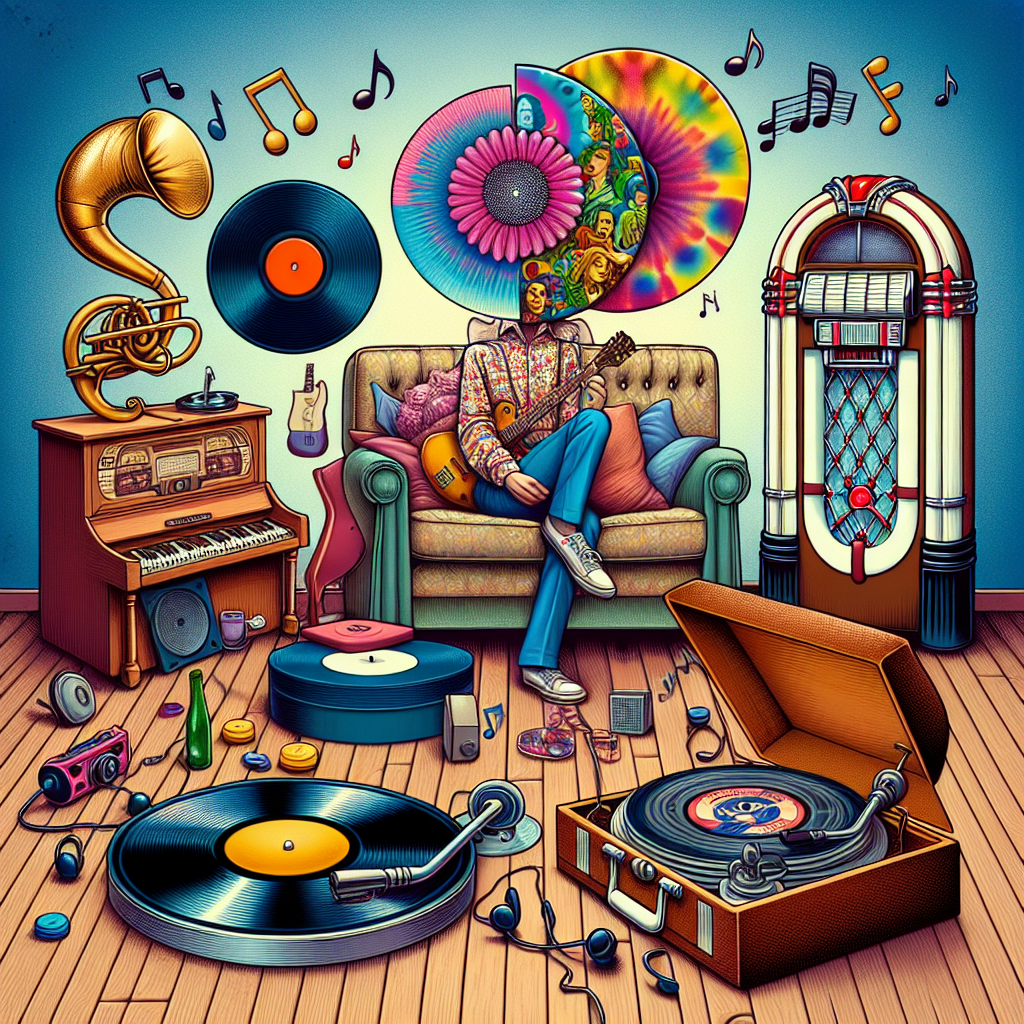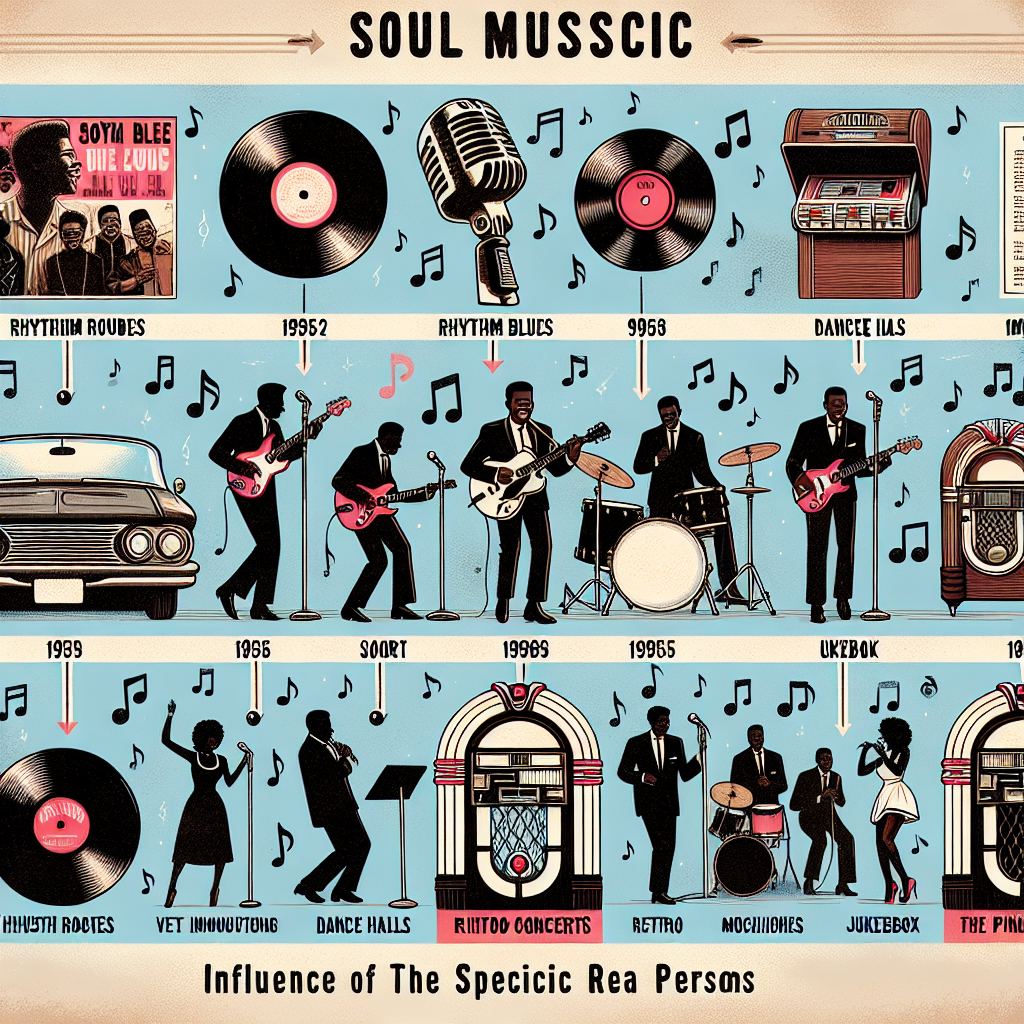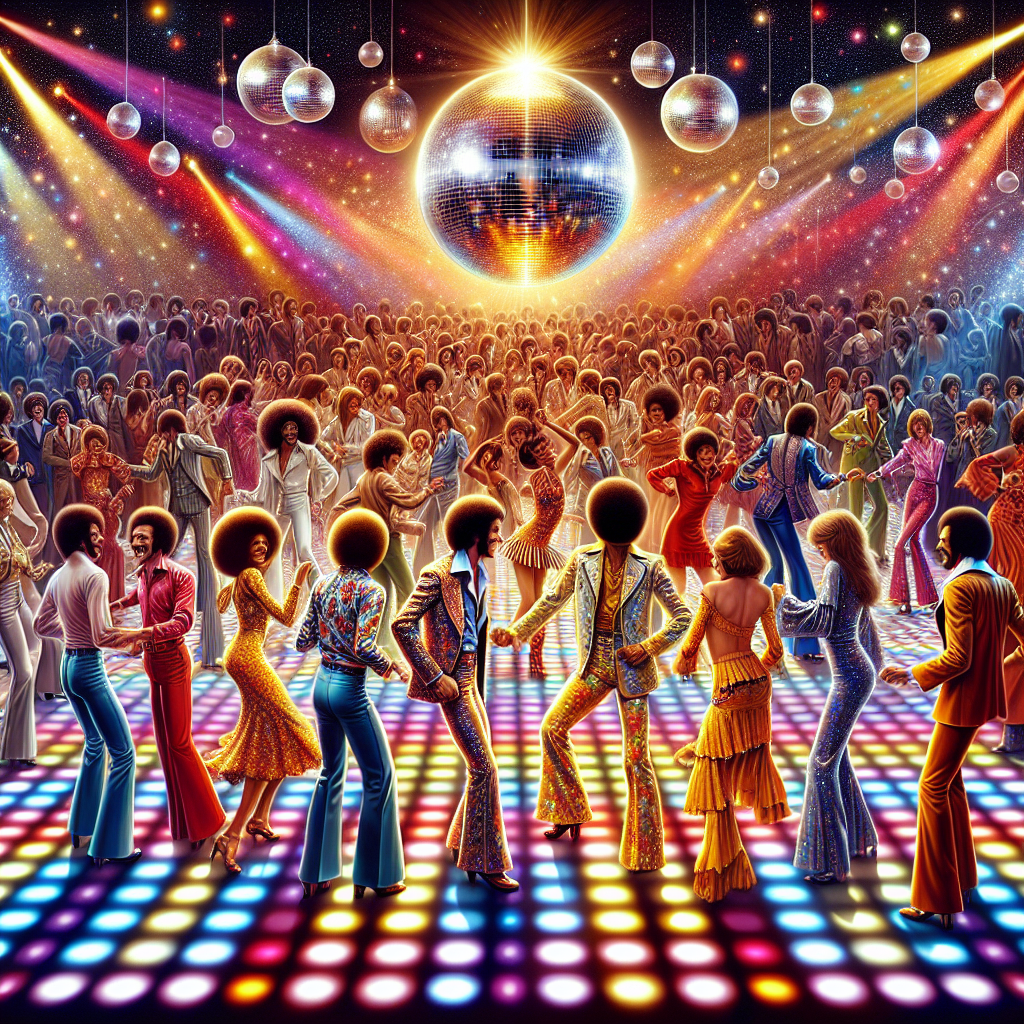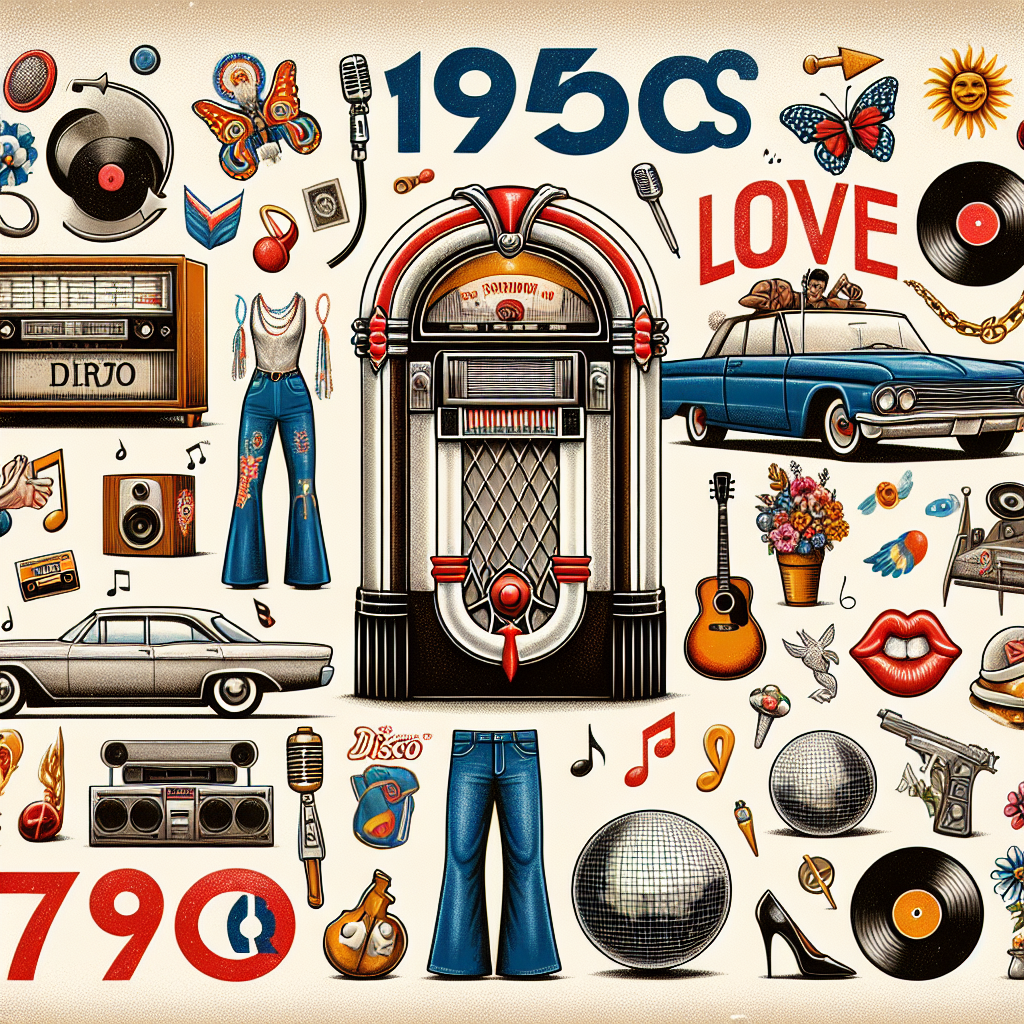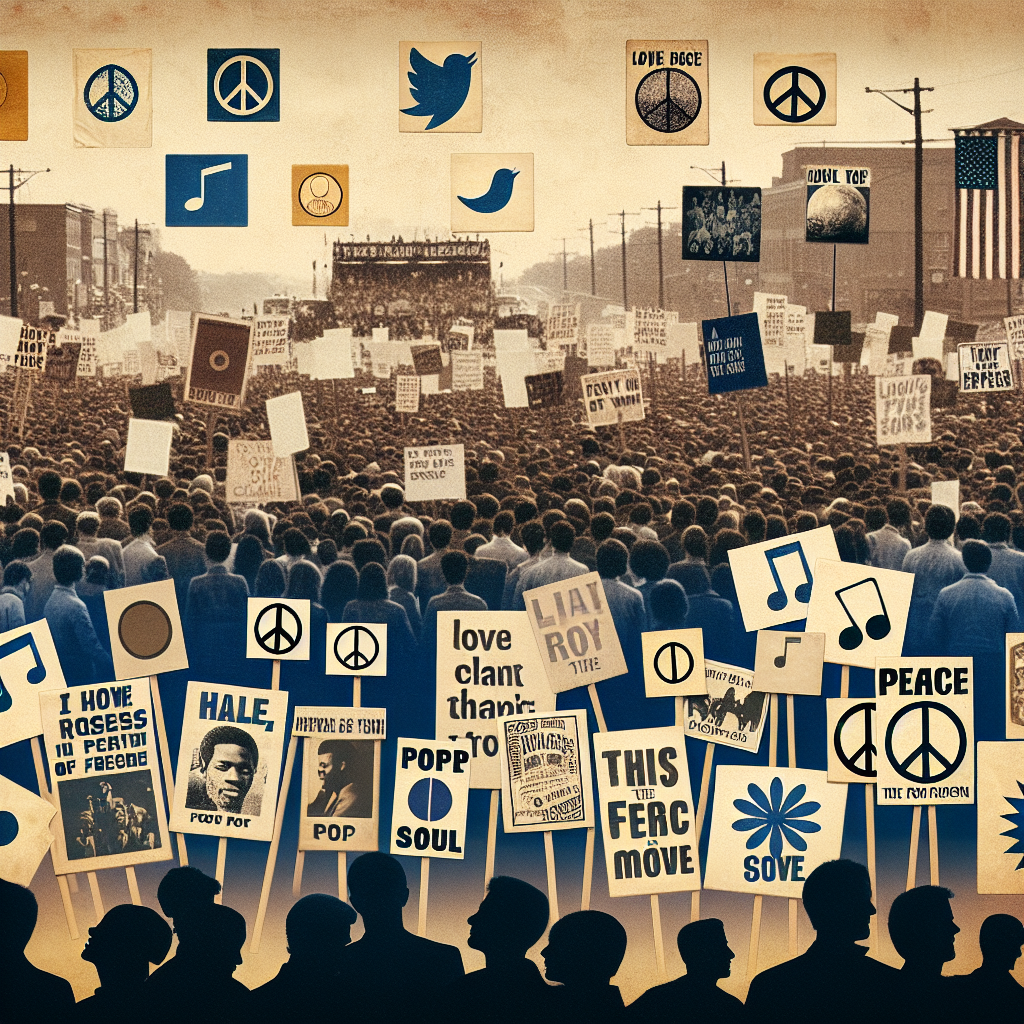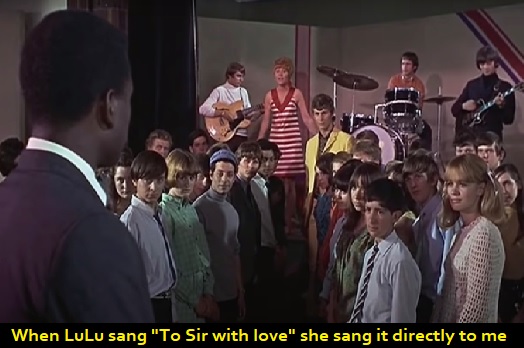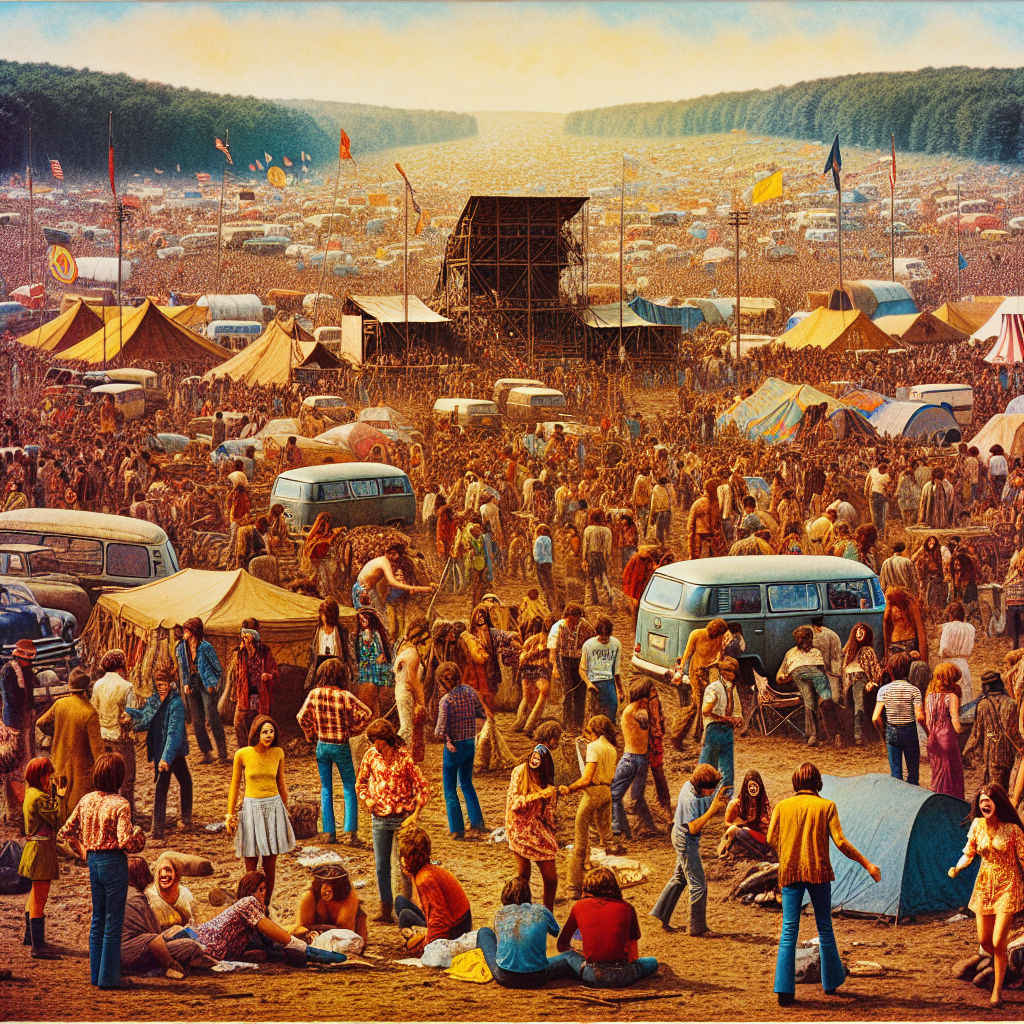Do you ever find yourself longing for the good old days of music, culture, and fashion from the 50’s, 60’s, and 70’s? If so, you’re not alone. These decades were filled with iconic hits that have stood the test of time and continue to bring joy to listeners of all ages.
Let’s take a trip down memory lane and revisit some of the top hits from each decade:
The 50’s
- Elvis Presley – “Hound Dog”: This rock ‘n’ roll classic topped the charts in 1956 and solidified Elvis as the King of Rock.
- The Platters – “Only You”: A romantic ballad that captured the hearts of listeners around the world.
The 60’s
- The Beatles – “Hey Jude”: One of the most iconic songs from one of the most iconic bands in history.
- The Supremes – “Stop! In The Name Of Love”: A Motown hit that became an anthem for empowerment and self-respect.
The 70’s
- Queen – “Bohemian Rhapsody”: A genre-defying masterpiece that continues to captivate audiences with its operatic flair.
- ABBA – “Dancing Queen”: A disco sensation that still gets people on their feet and grooving to this day.
These songs not only defined their respective decades but also reflected the cultural shifts happening at the time. From civil rights movements to changing attitudes towards gender roles, music was a powerful tool for expressing social change.
In addition to music, politicians played a significant role in shaping society during these decades. From JFK’s inspiring speeches in the 60’s to Nixon’s controversial presidency in the 70’s, politics were never far from the forefront of public consciousness.
Fashion also played a crucial role in defining each decade. From poodle skirts and leather jackets in the 50’s to bell-bottoms and platform shoes in the 70’s, fashion was a way for individuals to express themselves and rebel against societal norms.
Lastly, technology played a pivotal role in shaping music during these decades. The introduction of vinyl records in the 50’s, cassette tapes in the 60’s, and CDs in the 70’s revolutionized how people consumed music and paved the way for future innovations like streaming services.
Overall, looking back at these top hits from the 50’s, 60’s, and 70’s can transport us back to a simpler time filled with great music, cultural milestones, influential politicians, bold fashion choices, and groundbreaking technology. So why not take a trip down memory lane today?
